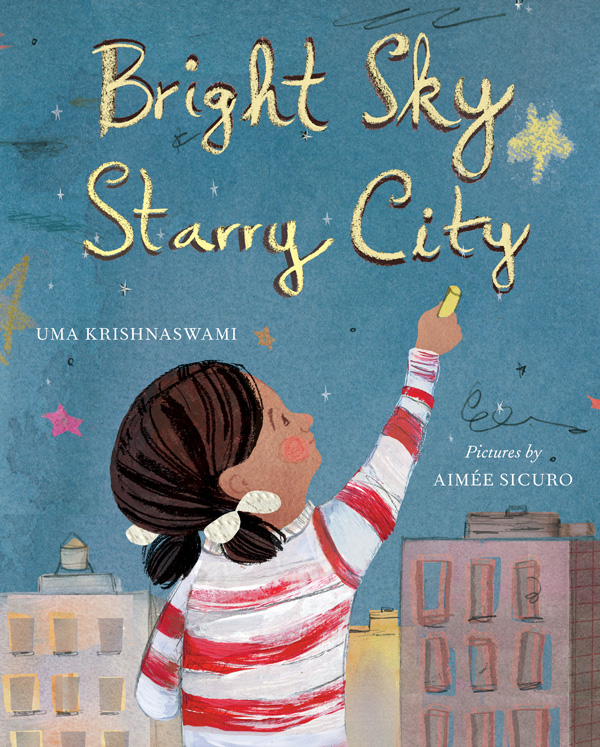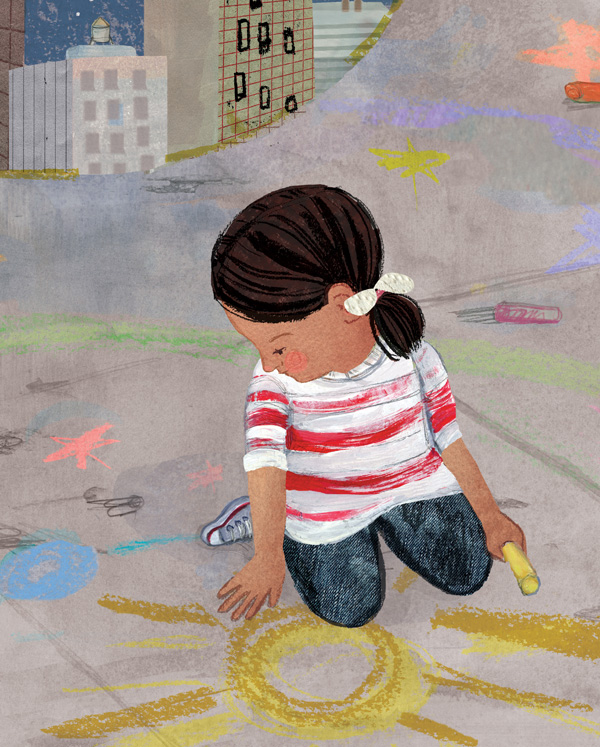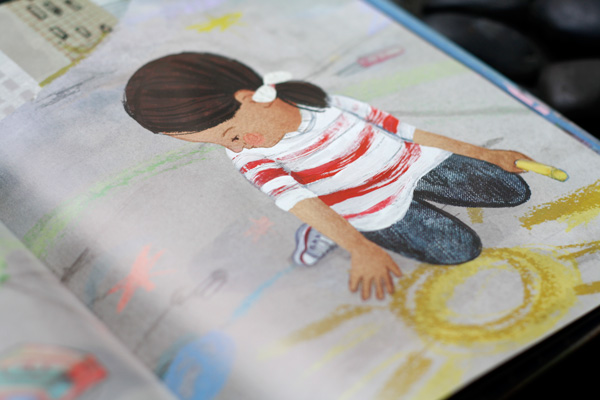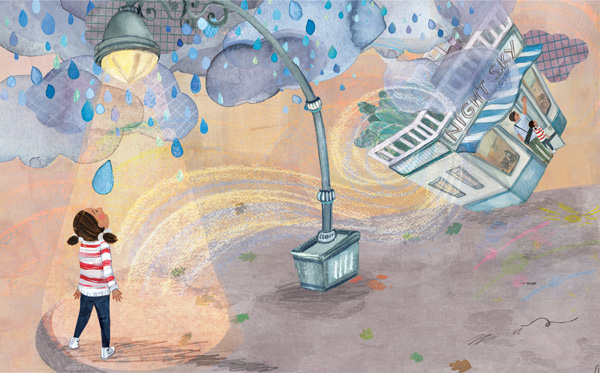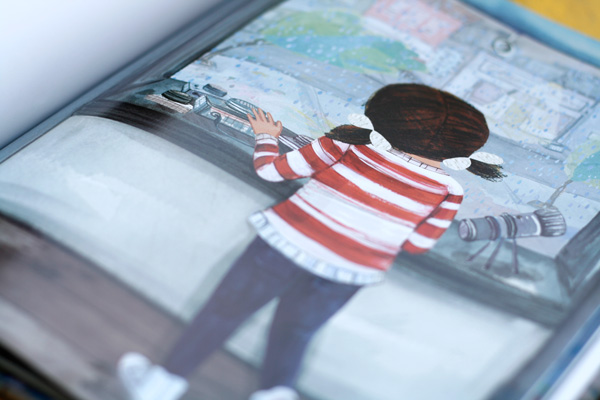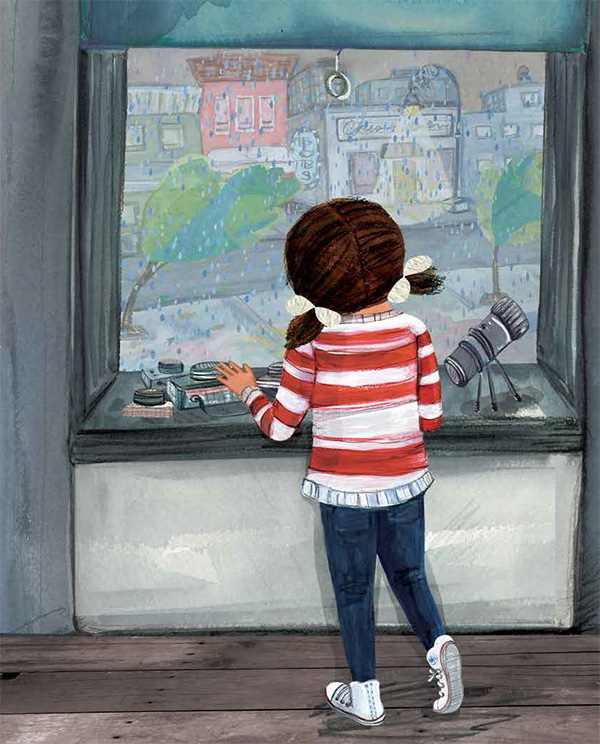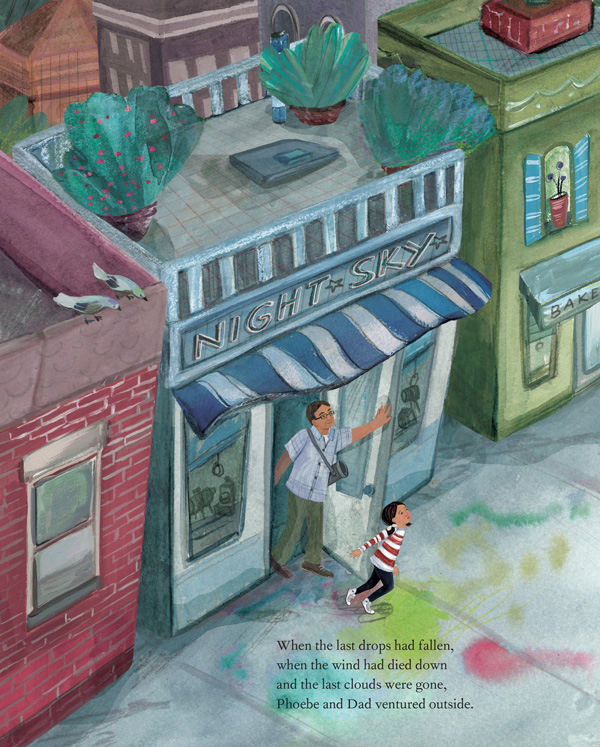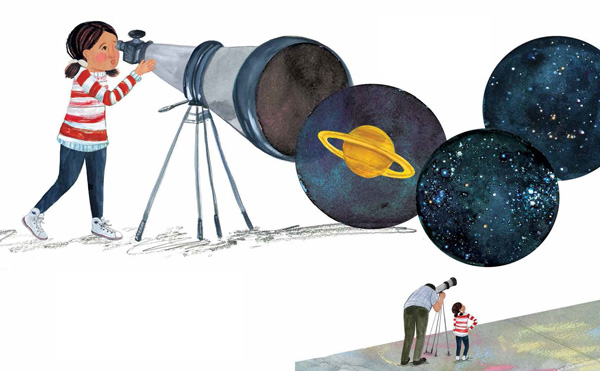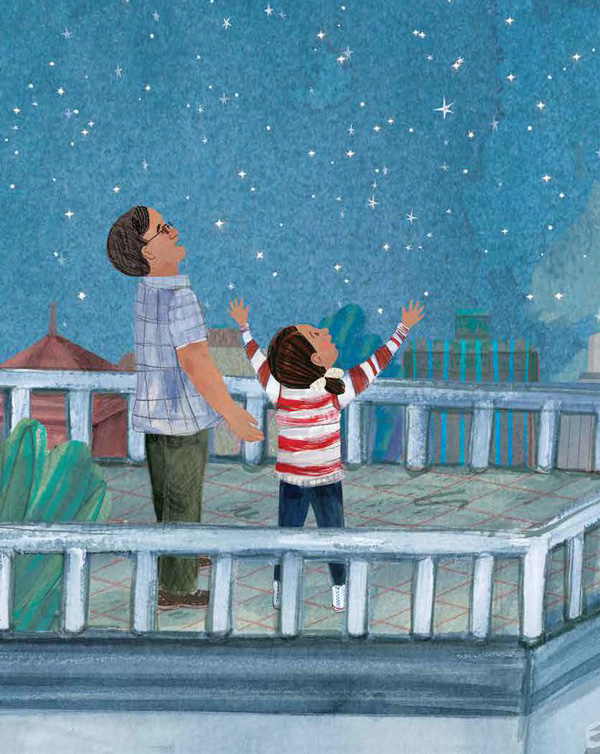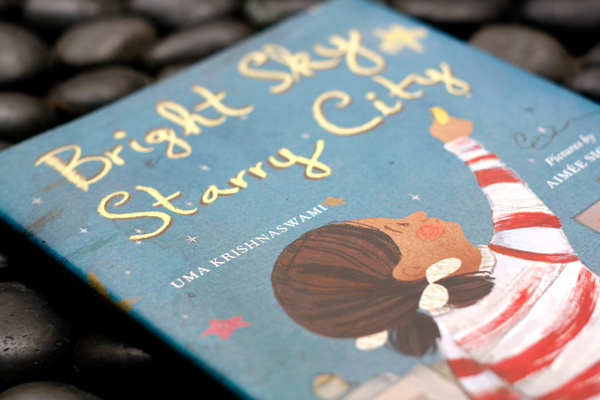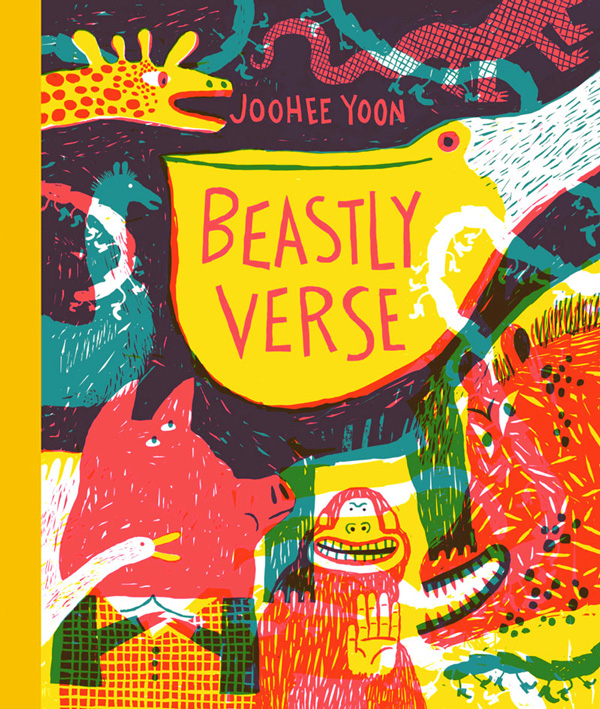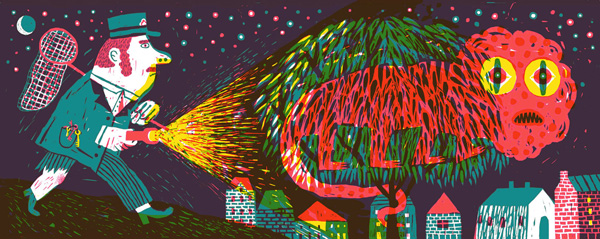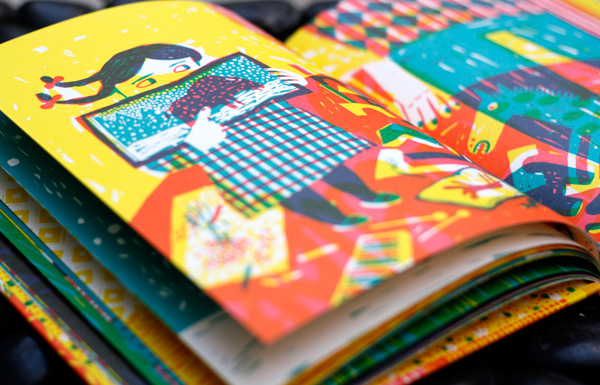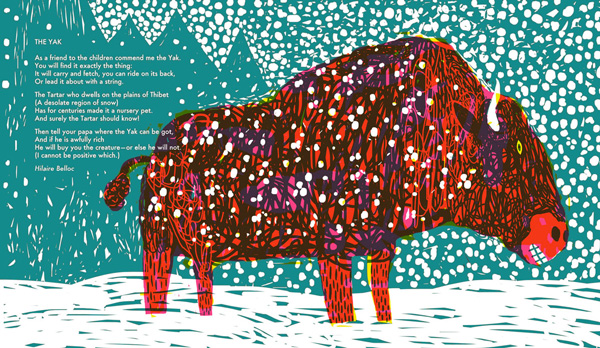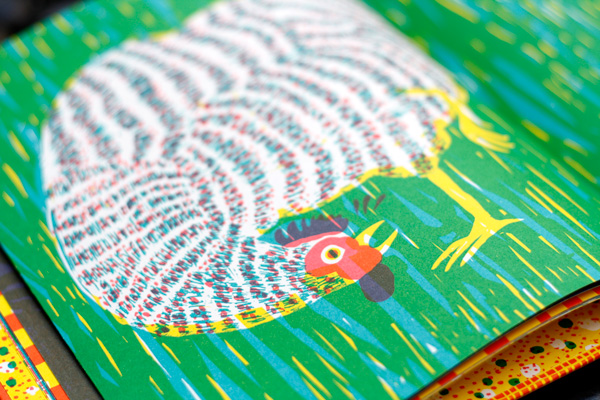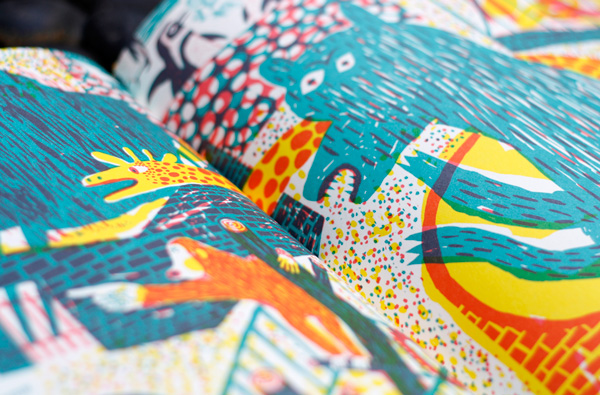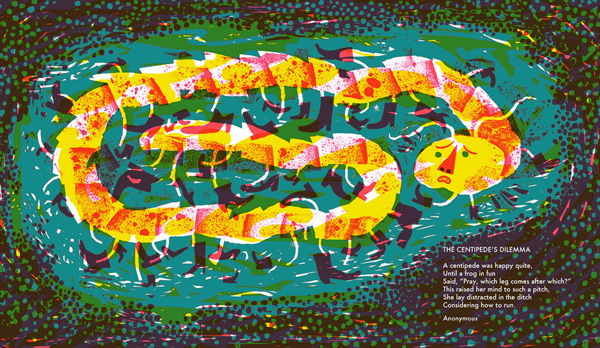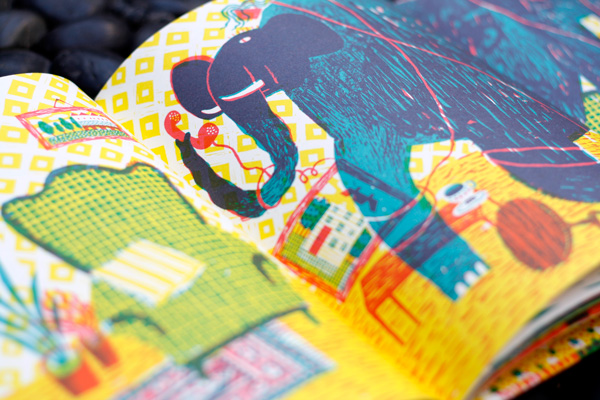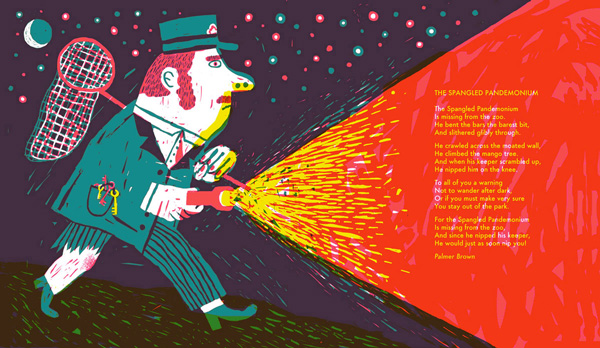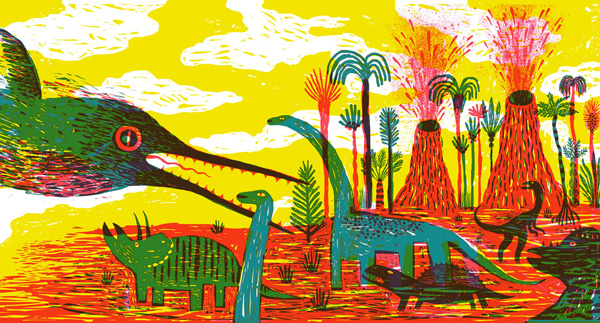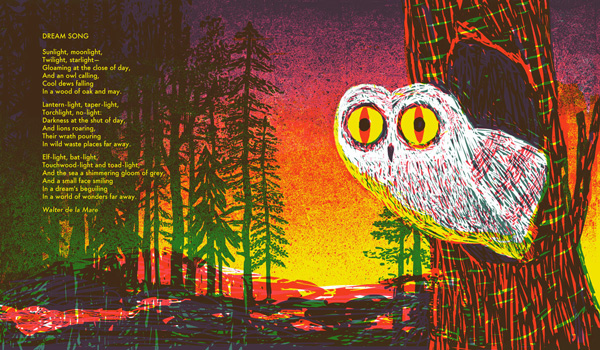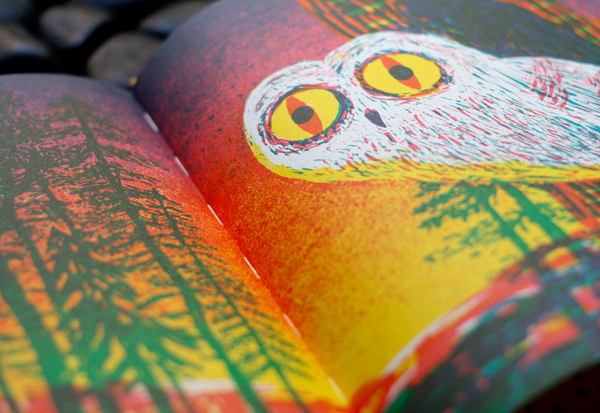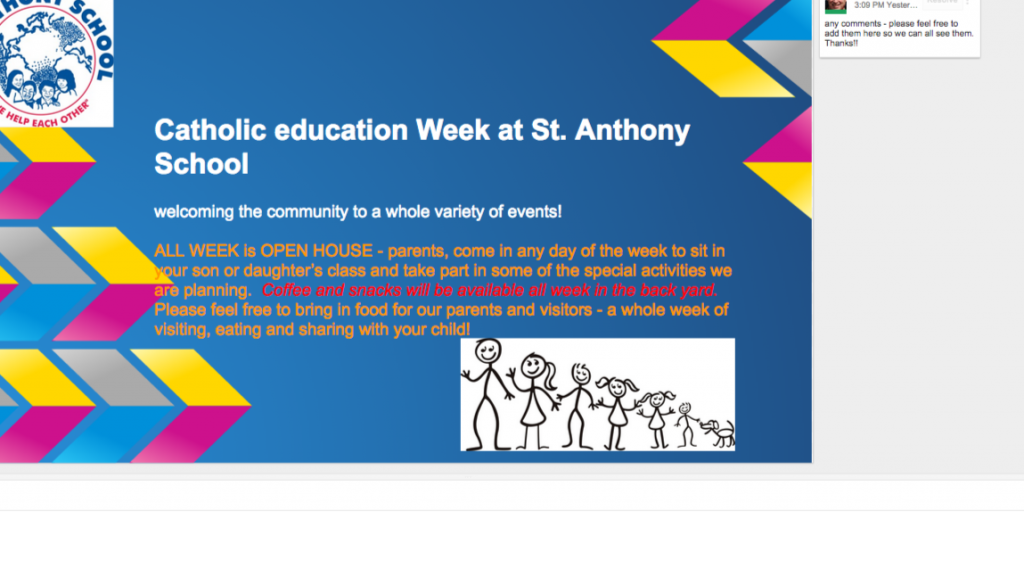

Solitude, the kind we elect ourselves, is met with judgement and enslaved by stigma. It is also a capacity absolutely essential for a full life.
From Brain Pickings my favourite reading for a rainy Sunday
 “Make a place to sit down. Sit down. Be quiet…” So begins Wendell Berry‘s “How to Be a Poet,” tucked into which is tremendous sagacity on how to be a good human being. “The impulse to create begins… in a tunnel of silence,” wrote Adrienne Rich in her tremendous lecture on art and freedom. “Every real poem is the breaking of an existing silence.”
“Make a place to sit down. Sit down. Be quiet…” So begins Wendell Berry‘s “How to Be a Poet,” tucked into which is tremendous sagacity on how to be a good human being. “The impulse to create begins… in a tunnel of silence,” wrote Adrienne Rich in her tremendous lecture on art and freedom. “Every real poem is the breaking of an existing silence.”
No poet breaks the silence with silence, nor slices through its vitalizing, clarifying, and transcendent power, with more piercing elegance than Pablo Neruda(July 12, 1904–September 23, 1973) in a poem titled “Keep Quiet” from his 1974 volume Extravagaria (public library), translated by Alastair Reid.
The only thing to lend Neruda’s words and wisdom more mesmerism is this beautiful reading by the venerable Jewish-Buddhist teacher andprolific author Sylvia Boorstein, excerpted from the closing moments of her conversation with Krista Tippett on one of the finest podcasts for a fuller life.
Please enjoy.
 KEEPING QUIET
KEEPING QUIET
by Pablo Neruda
Now we will count to twelve
and we will all keep still.
For once on the face of the earth,
let’s not speak in any language;
let’s stop for one second,
and not move our arms so much.
It would be an exotic moment
without rush, without engines;
we would all be together
in a sudden strangeness.
Fisherman in the cold sea
would not harm whales
and the man gathering salt
would look at his hurt hands.
Those who prepare green wars,
wars with gas, wars with fire,
victories with no survivors,
would put on clean clothes
and walk about with their brothers
in the shade, doing nothing.
What I want should not be confused
with total inactivity.
Life is what it is about;
I want no truck with death.
If we were not so single-minded
about keeping our lives moving,
and for once could do nothing,
perhaps a huge silence
might interrupt this sadness
of never understanding ourselves
and of threatening ourselves with death.
Perhaps the earth can teach us
as when everything seems dead
and later proves to be alive.
Now I’ll count up to twelve
and you keep quiet and I will go.
St. Anthony This Week
This is the month of painting murals. Nicole Belanger, well known Ottawa artist will be our ‘artist in residence’ for the month of June. She will start with a butterfly mural this will gone on the wall facing the yard. Te second mural will face Gladstone and will be representative of the St. Anthony Community. We need to talk about what that image should be. Should we base it on the dragon motif that was designed by Kevin in Grade 6? The students have voted on this and it seems to me this is a good place to start. I would love to hear what you think. Both of these murals will be completed by the end of June.
This week Thomas Burke, engineer with the school board will be here to inspect the gym in advance of installing a large screen in the gym. What wall should it be on? Please let me know Next year, I hope we can offer movie nights as a way of getting the parents into the school. The kids will love the idea of coming to school at night to watch a movie with their parents. It will be a big screen, turning our gym into a mini movie theatre. I would like to hear from you on what wall the new screen should go on.
Monday, June 1
Ecoschool Site Visit- AM
Site visits take 30-45 minutes and have two main parts:
1. Conversation: Members of the Eco-Team will have a conversation guided by questions. Sample of question listed below.
2. Walkabout: A short walkabout will take place to assess energy and waste practices. The assessor will ask to see specific areas of the school (e.g., garbage/recycling collection site, classrooms, cafeteria, computer lab etc.) and may ask about specific initiatives relating to the information found in the school’s application.
Points may be awarded or deducted based on the assessor’s observations.
Note: All schools will be submitting paperless portfolios in 2015. Online portfolio documents will be assessed prior to the assessor’s arrival at each school.
IMPORTANT: Platinum site visits will take 60-75 minutes with additional questions.
Photo opportunity: Eco-Teams are welcome to use the walkabout as an opportunity to take photos for future use in newsletters, presentations etc.
Finalization process: Assessors will review the site visit observations/notes and submit the assessed application to Ontario Eco-Schools staff for final review. Board representatives will be advised of the school’s standing when all the schools in the board have been assessed. This will take place before the end of the school year.
Hip Hop at lunch
meeting re line painting – Paul and Joe Jadan – what lines and games would you like painted in our yard? – 2:00 PM
Tuesday June 2
EQAO – no announcements or bells in the morning
Wednesday, June 3
EQAO – no announcements or bells in the morning
weeding Wednesdays
Family of Schools Meeting – 1:00 PM Paul Out
Thursday June 4
EQAO -no announcements or bells in the morning
Recycling Day – (black and blue bins open please)
Friday June 5
PD Day – report cards
12:00 – Paul out 90th anniversary committee meeting
How to Ensure that Making Leads to Learning
from School library journal
(I included the whole article here because we need to have a good understanding on how making adds to learning, especially as we move into a second year of maker spaces at our school – Paul)
By Annie Murphy Paul on May 12, 2015

There’s no doubt that students find making to be a creative and engaging activity. But as they tinker, design, and invent, are they actually learning anything?
Making is too young a phenomenon to have generated a broad research base to answer this question. The literature that does exist comes from enthusiastic champions of making, rather than disinterested investigators. But there are two well-established lines of research within psychology and cognitive science that can inform how we understand making and help us ensure that making leads to learning. Taken together, these two strands of empirical evidence provide the best guide we presently have for maximizing the learning potential of maker activities.
The first line of research is called cognitive load theory, developed by John Sweller, a professor at the University of New South Wales in Australia, and others. You may recall from a college psychology class“the magical number seven”—the notion that people can only hold seven pieces of information in their heads at one time. In recent years, scientists have determined that our cognitive capacity is evensmaller, able to accommodate more like two to four items. So students learn best when they aren’t grappling with too many ideas.
This argument has relevance for student makers in two ways. First, cognitive load theorists warn that activities that are “self-guided” or “minimally guided” (as many maker projects are) may not lead to effective learning, as measured by assessments of students’ knowledge at the activity’s end. Novices are, by definition, not yet knowledgeable enough to make smart choices about which avenues to pursue and which to ignore. Beginners engaged in self-directed projects may also develop new misunderstandings along the way. In all, self-directed maker activities may have students expending a lot of time and effort—and scarce cognitive resources—on activities that don’t help them learn.
Second, cognitive load researchers caution that learning and creating are distinct undertakings, each of which competes with the other for limited mental reserves. (“Cognitive Load During Problem Solving: Effects on Learning”). Absorbing and thinking about new knowledge imposes a significant cognitive burden, as does pursuing a specified goal (for example, building a model airplane). When students are asked to do both at once, they tend to focus on meeting the goal, leaving precious few cognitive resources for the reflection that leads to lasting learning. Student makers may produce a handsome model airplane having no idea what makes it fly. The best way to ensure learning, these researchers maintain, is to provide direct instruction: clear, straightforward explanation, offered before any making has begun.
LET THEM FAIL
A second line of evidence is called productive failure. This research has mostly been carried out by Manu Kapur, a professor at the National Institute of Education in Singapore, and has principally concerned mathematical problem-solving. Rather than explain a mathematical concept and then ask students to apply it, as in a traditional classroom, Kapur gives students a difficult problem without any explanation at all. Working in teams, the students are tasked with devising as many potential solutions as possible. Typically, such students do not arrive at the textbook or “canonical” solution—but instead generate more inventive approaches. Only then does Kapur step in and offer direct instruction on the best way to solve the problem.
Kapur has found that presenting problems in this seemingly backwards order helps those students learn more deeply and flexibly than subjects who receive direct instruction. Indeed, the teams that generated the greatest number of suboptimal solutions—or failed—learned the most from the exercise. (“Failure can be productive for teaching children maths.”)
 This happens for three reasons, Kapur theorizes. One: Students who do not receive teacher instruction at the outset are forced to rely on their previous knowledge. Research shows that “activating” previous knowledge leads to better learning, because it allows us to integrate new knowledge with what is already stored in our brains. Two: Because the learners are not given the solution to the problem right away, they are forced to grapple with the deep structure of the problem—an experience that allows them to understand the solution at a more fundamental level when they do finally receive the answer. And three: Learners pay especially close attention when the instructor reveals the correct solution, because they have now thought deeply about the problem but have failed themselves to come up with the correct solution. They’re eager to find out what it might be, and this eagerness makes it more likely that they’ll remember it going forward. The best way to ensure learning, Kapur maintains, is to deliberately “design for failure.”
This happens for three reasons, Kapur theorizes. One: Students who do not receive teacher instruction at the outset are forced to rely on their previous knowledge. Research shows that “activating” previous knowledge leads to better learning, because it allows us to integrate new knowledge with what is already stored in our brains. Two: Because the learners are not given the solution to the problem right away, they are forced to grapple with the deep structure of the problem—an experience that allows them to understand the solution at a more fundamental level when they do finally receive the answer. And three: Learners pay especially close attention when the instructor reveals the correct solution, because they have now thought deeply about the problem but have failed themselves to come up with the correct solution. They’re eager to find out what it might be, and this eagerness makes it more likely that they’ll remember it going forward. The best way to ensure learning, Kapur maintains, is to deliberately “design for failure.”
HOLD ON THERE
Now, neither of these approaches may, at the outset, hold much appeal for maker enthusiasts. Making is concerned with learning through creating—not through lecture-style direct instruction. Also, maker culture is about promoting a sense of competence and mastery—not deliberately setting up learners for failure. Moreover, don’t these two lines of research contradict each other? One advises instructors to tell learners what to do up front, and the other prescribes just the opposite.
On closer inspection, however, these two bodies of evidence actually complement each other. Some tasks, like those concerning basic knowledge or skills, are better suited to direct instruction. It may be better to provide explicit instruction on how to operate a 3-D printer, for example, than to have students figure out the directions on their own. We should tell student makers exactly how to perform straightforward tasks, so that they can devote cognitive resources to more complex operations. Meanwhile, tasks that themselves demand deeper conceptual understanding are likely to benefit from a productive-failure approach. In such cases, we should organize makers into groups and ask them to generate multiple solutions.
Incorporating insights from both methods can help ensure that maker activities produce real learning. By applying cognitive load theory to making, we can “unbundle” learning and creating—at least at first—so as to reduce cognitive overload. Instead of asking learners to learn and make at the same time, these two activities can be separated and then pursued sequentially. Makers working on that model airplane, for example, could carefully inspect a previously assembled plane, examine a diagram of it, and then watch as we put one together, explaining as we go, before attempting to make one themselves.
Once students begin making, we can carefully scaffold their mental activity, allowing them to explore and make choices but always within a framework that supports accurate and effective learning. (“Taking the Load Off a Learner’s Mind: Instructional Design for Complex Learning,”) The scaffolding lightens learners’ cognitive load until they can take over more mental tasks themselves. This approach actually dovetails with the apprenticeship model that inspired the maker movement: students learn to create under the guidance of a master, taking on more responsibility as their skills and confidence grow. And, rather than relying entirely on their own intuition, they have models to inspect and emulate—again, especially early on, when the mental demands of learning are high.
Applying the lessons of productive failure to making, we can immerse students in a maker task with minimal prior instruction. Students should be asked to generate as many potential solutions as they can, working in teams to maximize the number of solutions contributed and explored. This initial phase should be followed by direct instruction on the optimal solution—instruction that addresses the students’ own array of solutions, explaining why each one misses the mark. The contrasts we draw between the ideal solution and the learners’ suboptimal solutions do much to facilitate their learning. This approach, too, is fully in tune with the maker approach: it encourages students to play with ideas and materials, without the pressure to find the one right answer.
LEARNING BY DOING—IN THE LIBRARY
School librarians who direct maker spaces have found ingenious solutions to accommodate the ways in which students learn. At New Milford High School in New Jersey, for example, library media specialist Laura Fleming has created two types of “stations” at which students can work: fixed stations and flexible stations. Fixed stations have “low barriers to entry,” says Fleming; students can walk into the library and immediately engage in the activities set up there, without any instruction or guidance. Fleming’s fixed stations include LEGOs and a take-apart technology area, where students can disassemble old computers and other machines to investigate how they work. These fixed stations are available at all times throughout the school year. Flexible stations, by contrast, are periodically changed, and they involve much more structured guidance from Fleming, who might lead students step-by-step through an activity, modeling what to do as she goes. Projects at flexible stations have included building a robot and creating cartoons with stop-motion animation.
Fleming has ensured that her library’s maker space enhances classroom learning by doing her homework. “Before I ordered a single piece of equipment [for the maker space], I did a thorough survey of students’ existing interests,” says Fleming. “I also looked for ways that the maker space could supplement areas in the academic curriculum that were thin, or make available to all students activities that had previously been open to only a select group.” The “themes” of Fleming’s maker space include molecular gastronomy, wearable tech, electricity and papertronics, polymers, and engineering inventions.
At the library of Perry Meridian Middle School in Indiana, maker space themes include micro-manufacturing and fabrication, digital music composition, textiles and sewing, and architecture and urban planning. Leslie Preddy, the school’s library media specialist, promotes learning there by encouraging kids to collaborate. “We had a student who became very knowledgeable about video production lead a workshop for his classmates in the subject,” says Preddy. “When you’re teaching other people, that’s learning at the highest level.” Preddy scaffolds student learning in her maker space by providing “pathfinder guides”—written instructions that structure students’ thinking—and by asking “intentional questions,” queries that help students find a solution without handing them the answer. She also encourages them to embrace failure as an efficient and effective way to learn.
“Thinking and sharing have always gone on in school libraries,” Preddy notes. “Maker spaces connect thinking and sharing with creating, and that takes learning to a whole new level.”

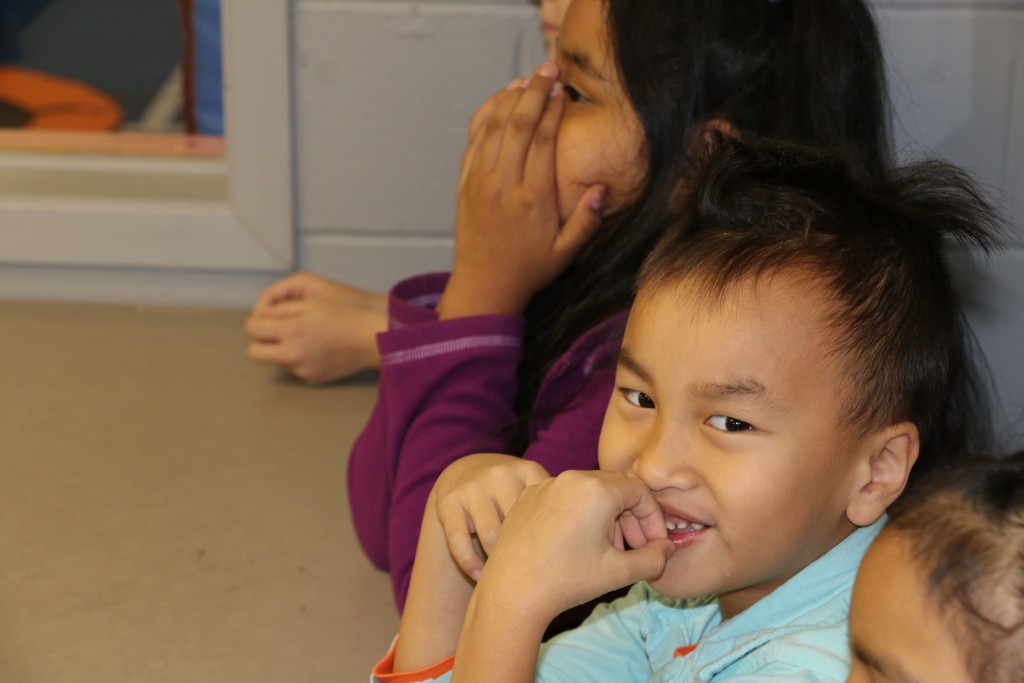


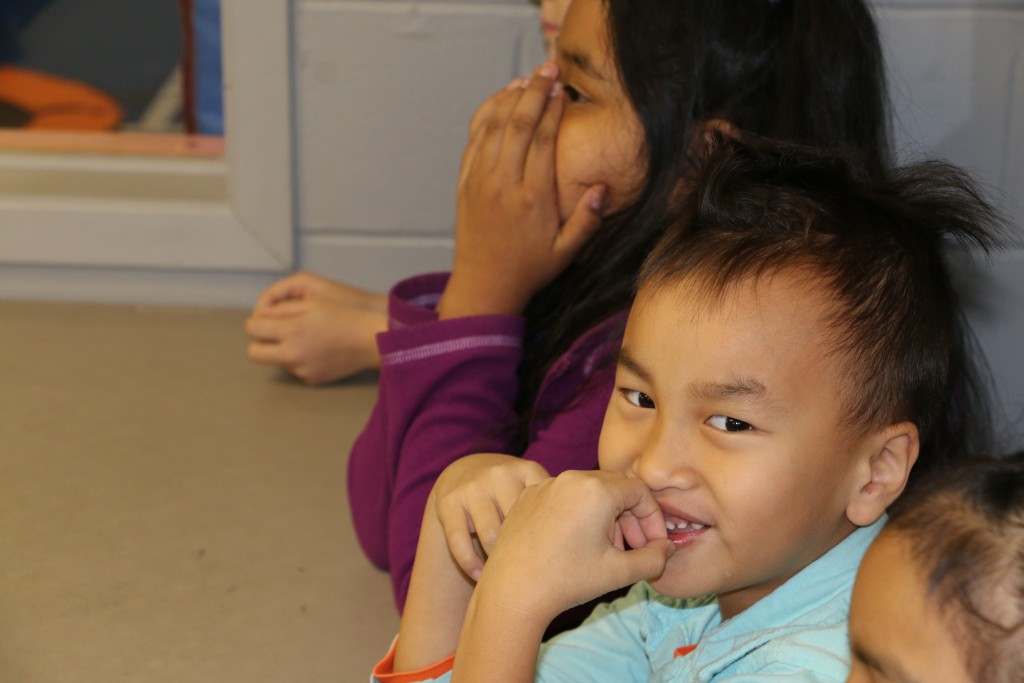
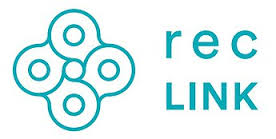

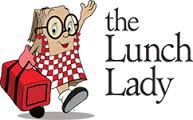
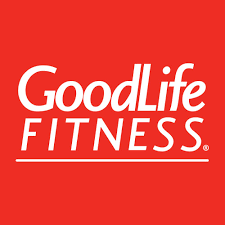

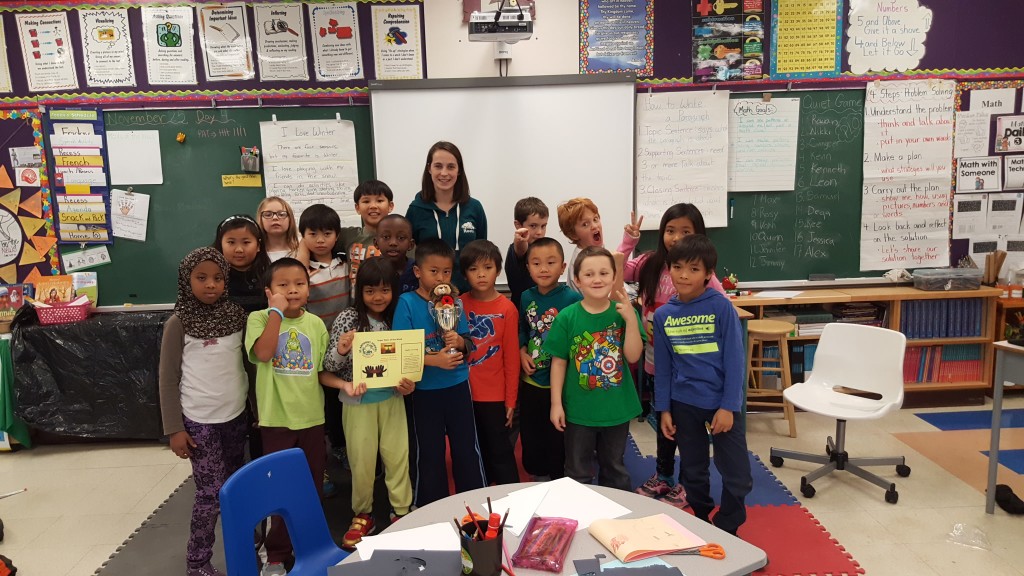

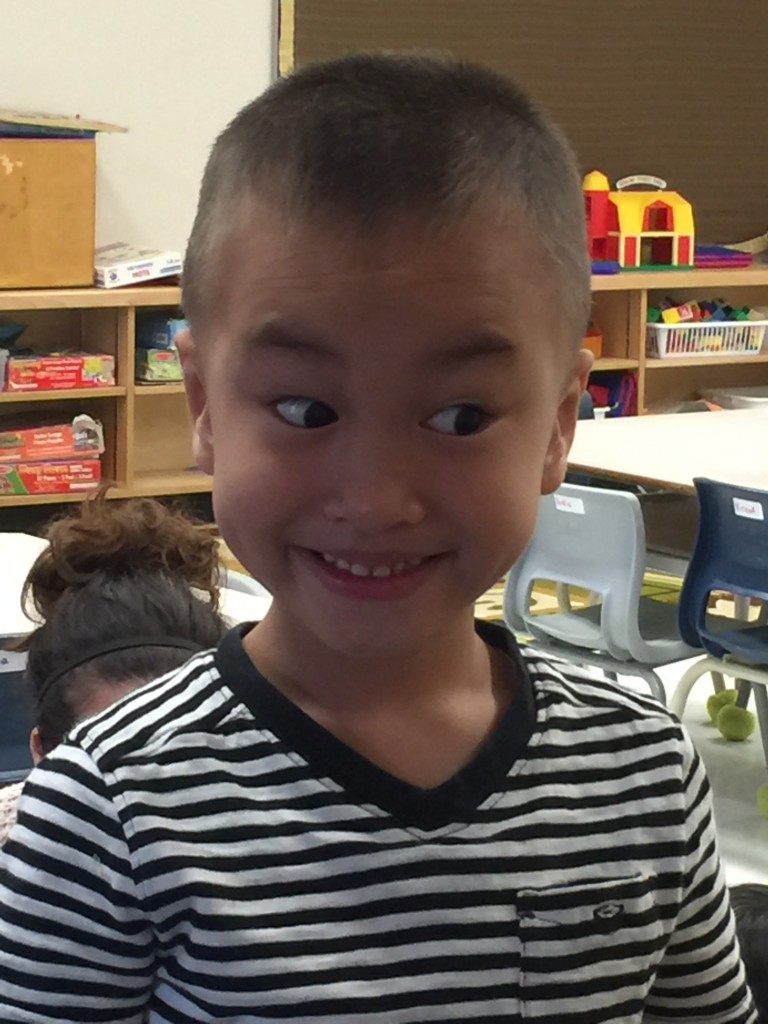


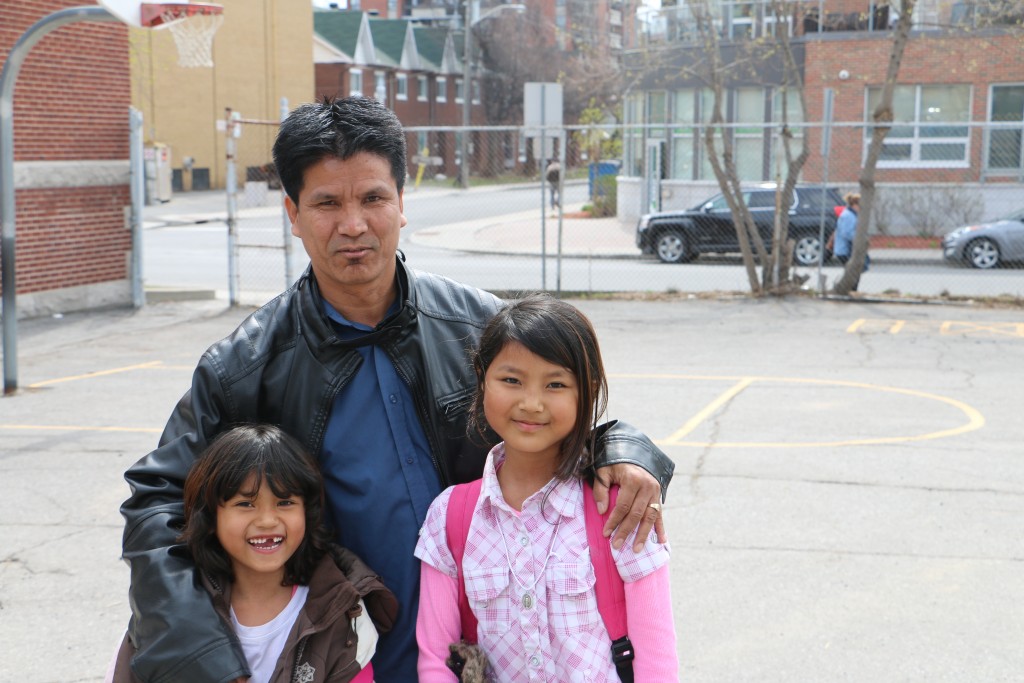
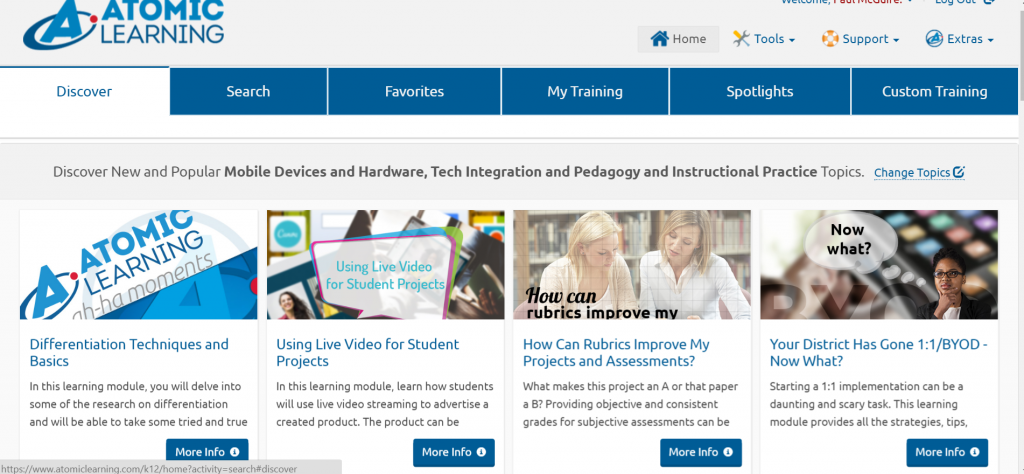
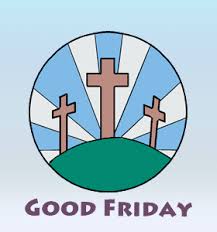

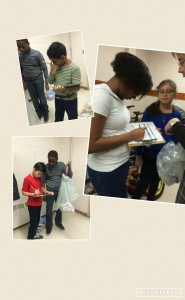
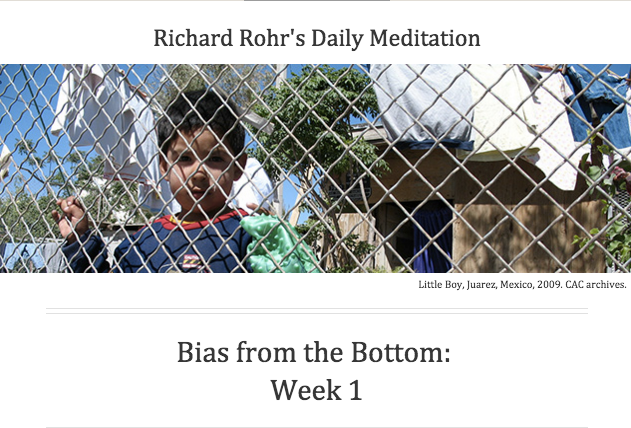


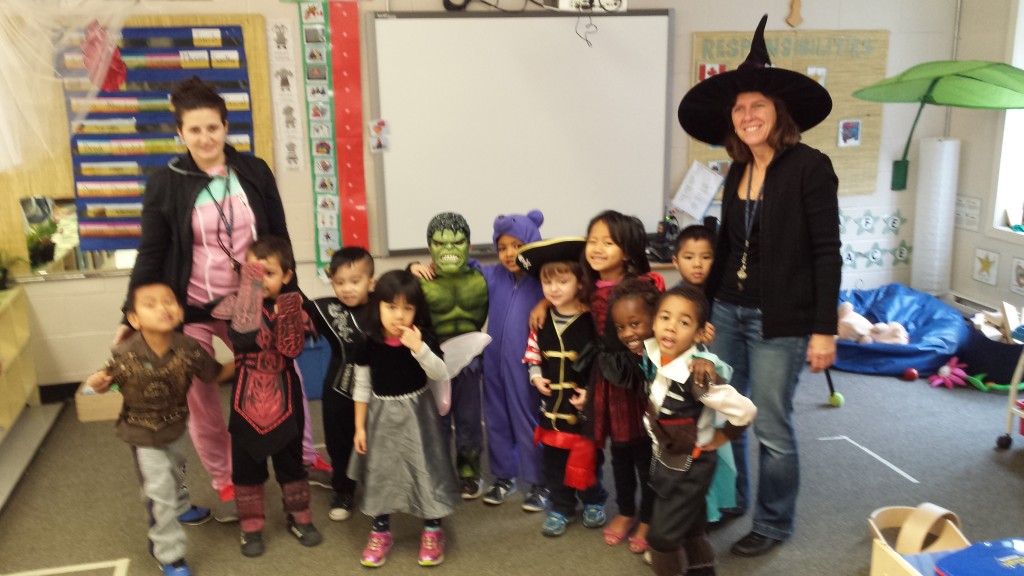










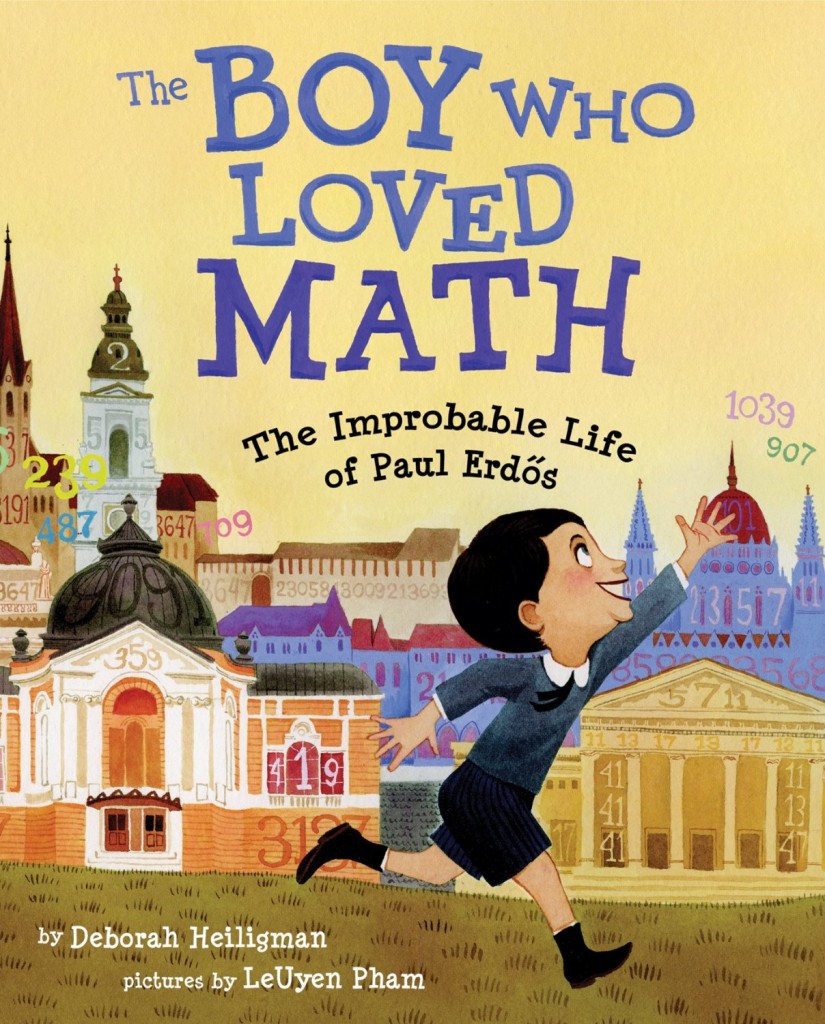





 MINECRAFTEDU
MINECRAFTEDU



 This happens for three reasons, Kapur theorizes. One: Students who do not receive teacher instruction at the outset are forced to rely on their previous knowledge. Research shows that “activating” previous knowledge leads to better learning, because it allows us to integrate new knowledge with what is already stored in our brains. Two: Because the learners are not given the solution to the problem right away, they are forced to grapple with the deep structure of the problem—an experience that allows them to understand the solution at a more fundamental level when they do finally receive the answer. And three: Learners pay especially close attention when the instructor reveals the correct solution, because they have now thought deeply about the problem but have failed themselves to come up with the correct solution. They’re eager to find out what it might be, and this eagerness makes it more likely that they’ll remember it going forward. The best way to ensure learning, Kapur maintains, is to deliberately “design for failure.”
This happens for three reasons, Kapur theorizes. One: Students who do not receive teacher instruction at the outset are forced to rely on their previous knowledge. Research shows that “activating” previous knowledge leads to better learning, because it allows us to integrate new knowledge with what is already stored in our brains. Two: Because the learners are not given the solution to the problem right away, they are forced to grapple with the deep structure of the problem—an experience that allows them to understand the solution at a more fundamental level when they do finally receive the answer. And three: Learners pay especially close attention when the instructor reveals the correct solution, because they have now thought deeply about the problem but have failed themselves to come up with the correct solution. They’re eager to find out what it might be, and this eagerness makes it more likely that they’ll remember it going forward. The best way to ensure learning, Kapur maintains, is to deliberately “design for failure.”
